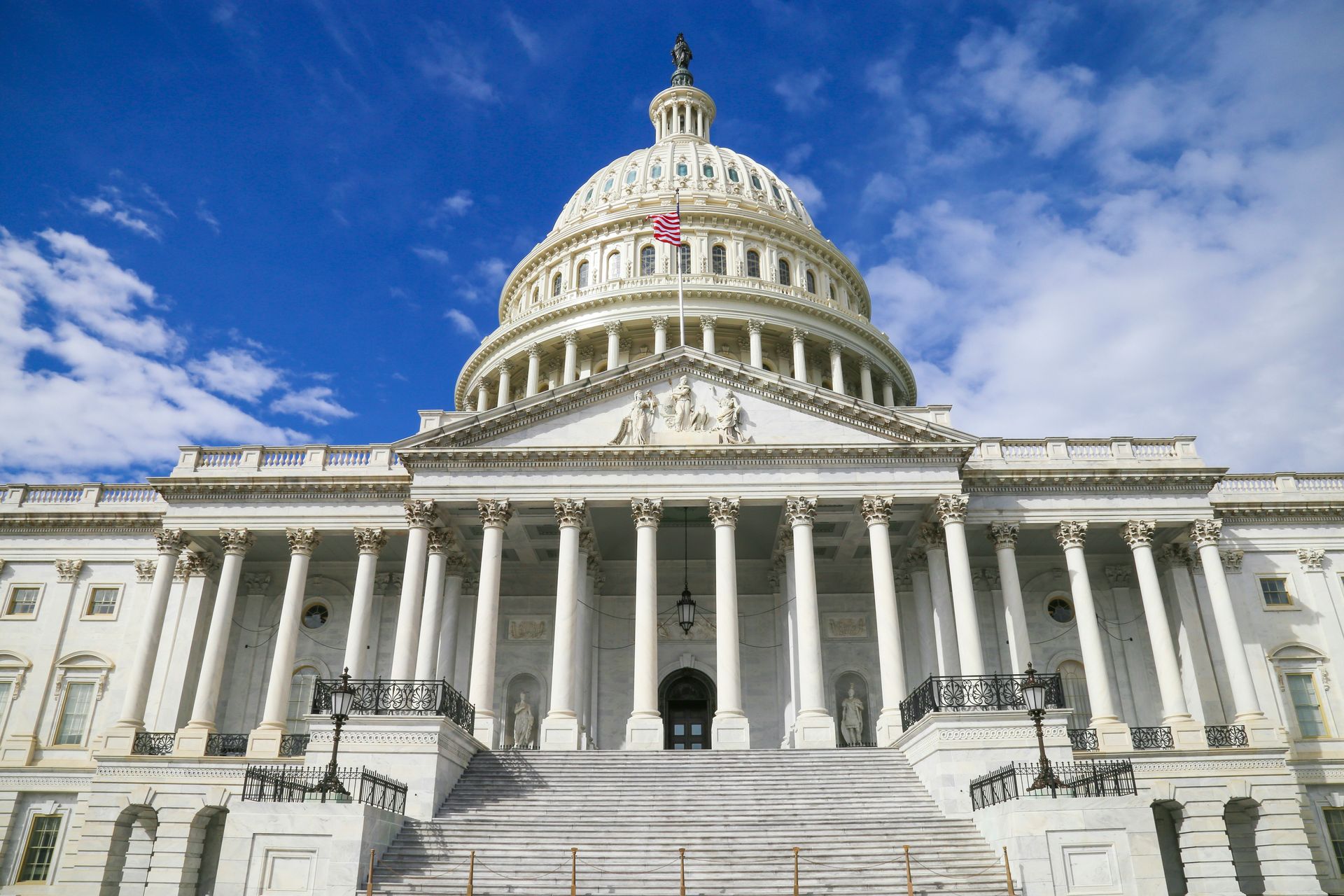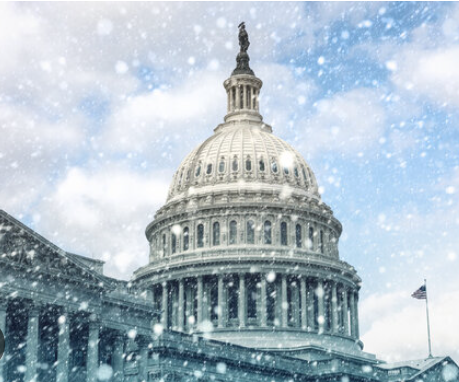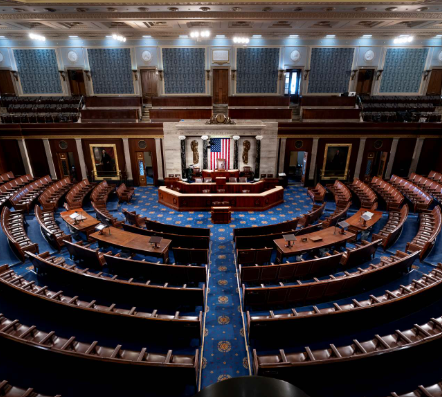Solutions To Accelerate Gender Parity in STEM

Marni Baker Stein, Chief Content Officer at Coursera
Kara, a single mother juggling multiple jobs to support her three children, had hit a wall in her dream to break into tech. With no degree or relevant experience, she took online professional certificates in Google IT Support and System Administration & IT Infrastructure Services on Coursera through her local Goodwill. This reskilling landed her an apprenticeship, and eventually, her dream job as an analyst at Accenture within one year.
Stories like Kara’s demonstrate the transformative power of equitable Science, Technology, Engineering, and Math (STEM) education and career pathways.
Recently, the CHIPS and Science Act called upon the public and private sectors to provide good-paying, skilled STEM opportunities for more Americans. However, women remain underrepresented in STEM jobs, accounting for just 27% of the industry workforce. The divides are particularly stark in computer and engineering occupations, and for historically marginalized groups across occupations. For example, Black, Latina, and Native American women make up just 4% of the computing workforce.
The rise of broadband connectivity, online learning, and remote work can address many of these challenges. We have the chance to be a part of the solution through collective action. Here are some ways the public and private sectors can focus on unlocking greater economic opportunity for women and girls in STEM fields.
Making STEM education accessible
Online learning and diverse instructor representation can help remove barriers that have traditionally restricted how and where women learn. In a recent IFC study (World Bank Group) with Coursera and the European Commission, 45% of women and 60% of women caregivers in emerging economies said they would have had to postpone or stop studies if online learning weren’t an option – citing mobility, safety, and family obligations as key benefits compared to men. About one-third of women learners reported finding a new job, setting up a business, or improving their job or business performance after taking online courses.
The same study found that the representation of women instructors is one of the most important factors in increasing diversity in STEM programs. Women’s enrollment increased by 34% in STEM courses when a course had at least one woman instructor, with younger and older women learners feeling equally motivated by representation.
These positive trends are improving inclusion in STEM education. Data from Coursera in the World Economic Forum Global Gender Gap 2022 report showed that, in fields like Information and Communications Technology (ICT), where the gender gap is most prevalent, gender parity increased in online training between 2019 and 2021. During the same period, women’s enrollment in STEM courses on Coursera rose from 35% to 42% in the US.
Preparing women for STEM careers
According to a 2022 report from McKinsey and LeanIn.org, 9 out of 10 women want to work mostly remotely. Over 70% of companies surveyed said remote work options helped them attract and retain more employees among women and underrepresented groups. And recent LinkedIn data shows significant increases in women applying to remote jobs, particularly among Black and Latina women.
Supporting more women entering tech careers is a crucial investment in the gender balance of future tech leadership, where progress has been slow. More digital jobs are being offered remotely, and increasingly, entry-level digital jobs no longer require a college degree. In fact, 73% of US employers are already using or actively exploring skills-based hiring approaches.
Industry micro-credentials are emerging as an equitable pathway for talent to unlock good-paying jobs. Leading employers like IBM, Meta, and Google have developed over 30 entry-level Professional Certificates on Coursera to prepare learners with no degree or relevant experience for digital careers such as IT, UX design, and software development. These credentials have become ‘entry-ramps’ for women like Kara to enter the technology industry, regardless of their location or level of experience.
By embracing remote work and skills-based hiring approaches, employers can diversify and expand their hiring pipelines, drawing more women into STEM fields while fulfilling skilled talent shortages.
Nurturing an ecosystem from education to employment
By aligning their efforts, governments, businesses, and academic institutions can harness powerful shifts in work and learning to accelerate gender parity at scale. This includes investing in programs that offer online STEM education to women and girls for free, providing wrap-around support services such as broadband access, local mentorship, and job placement to increase women’s attainment and outcomes, and raising awareness of these programs so that more women take advantage of these critical resources.
Such interventions benefit even the most underrepresented women learners. Of over 40,000 learners in The American Dream Academy, a free online training initiative that offers scholarships to prepare underserved communities for high-growth digital jobs, two-thirds are women. The program enables participants to earn credit toward a bachelor’s degree when they complete a certificate to accelerate their upward mobility. The UK Government’s Girls Education Skills Partnership has convened the public and private sectors to empower girls across Bangladesh and Nigeria with digital skills, including 10,000 entry-level certificate scholarships.
For too long, talent was equally distributed, but opportunity was not. Broadband connectivity, online learning, remote work, and skills-based talent policies are creating more equitable pathways for women and underrepresented groups to enter rapidly growing STEM fields. But it will require collective action from the public and private sectors to harness this moment and create the inclusive solutions we need to accelerate gender parity in STEM.
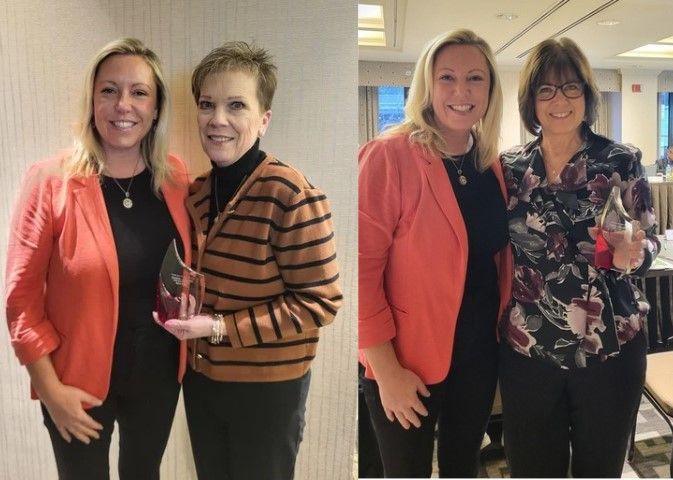
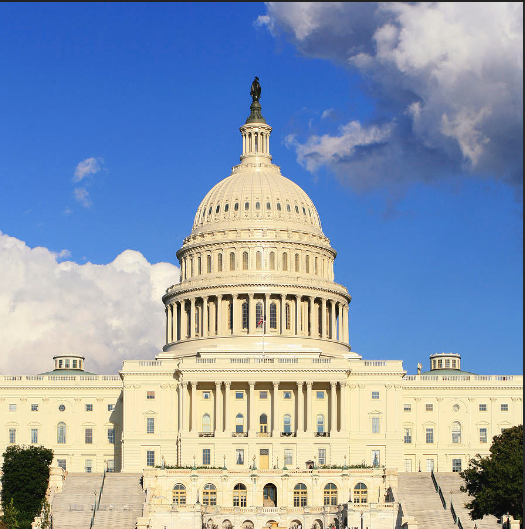
National Association of Workforce Boards | All Rights Reserved |
Created by Olive + Ash.
Managed by Olive Street Design.


